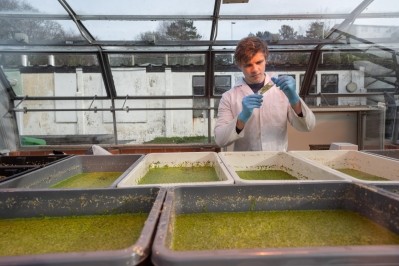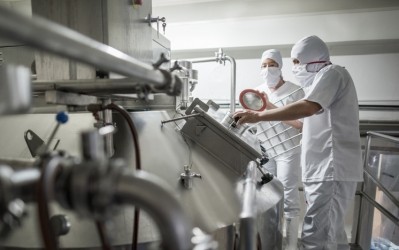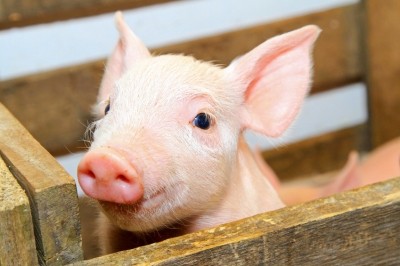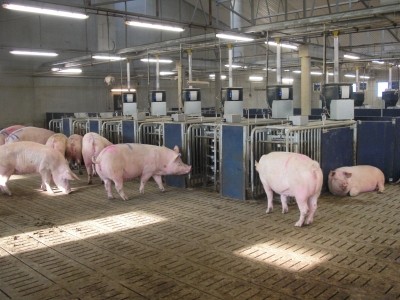Duckweed could work as new protein source for pig diets
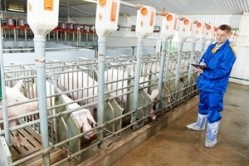
Food security concerns have highlighted a need to find more sustainable sources of protein for use in animal feeds.
“Duckweed yields more protein per acre than soybeans,” said Hans Stein, a professor of animal sciences at the University of Illinois.
Stein said that the Lemnaceae plant is easy to harvest, and because it grows in water, it doesn’t compete with food crops for land, making it a very exciting crop for a variety of uses, including animal feed.
Lemna protein concentrate (LPC), containing around 68% crude protein, is produced by extracting protein from de-oiled and dehydrated biomaterials from plants of the Lemnaceae family.
Lack of data
Lemna meal has been used in the diets of cattle and poultry. However, Stein said there are no published data on the nutritional value of LPC fed to pigs.
Thus, the professor and his team conducted three experiments to determine the energy concentration and the digestibility of energy, phosphorus and amino acids in LPC fed to growing pigs.
Their results, published in the Journal of Animal Science, show the apparent total tract digestibility (ATTD) of gross energy was less in LPC than in soybean meal or fish meal, but the greater concentration of gross energy in LPC resulted in it having concentrations of digestible and metabolizable energy that were close to values for soybean meal and fish meal.
Amino acid digestibility not compromised
“The amino acids in lemna protein concentrate are well digested by pigs. Our results indicate that if lemna protein concentrate is included in diets for pigs, amino acid digestibility and the energy value of the diets will not be compromised,” said Stein.
The concentration of phosphorus in LPC was 0.51%, which was slightly less than that in soybean meal at 0.62% and much less than that in fish meal at 3.09%.
The researchers noted, however, a tendency for a greater standardized total tract digestibility of phosphorus in LPC at 72.8% than in fish meal at 65.6% or soybean meal at 62.8%.
They found the standardized ileal digestibility of most indispensable amino acids was greater in fish meal than in LPC, but the overall digestibility of amino acids was the same in fish meal and LPC.
The mean digestibility of all amino acids in LPC was 80.25%, and digestibility values were 75% or greater for all indispensable amino acids, concluded Stein’s team.
Source: Journal of Animal Science
Published online ahead of print: doi: 10.2527/jas.2014-8146
Title: Concentration of metabolizable energy and digestibility of energy, phosphorus and amino acids in lemna protein concentrate fed to growing pigs
Authors: H. H Stein, O. J. Rojas. Y. Liu
